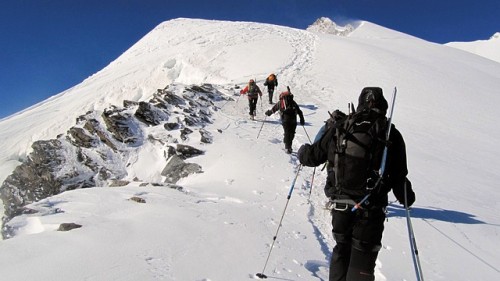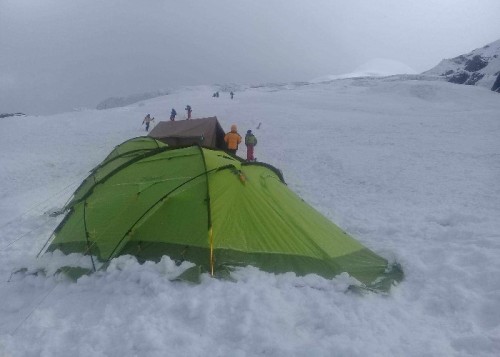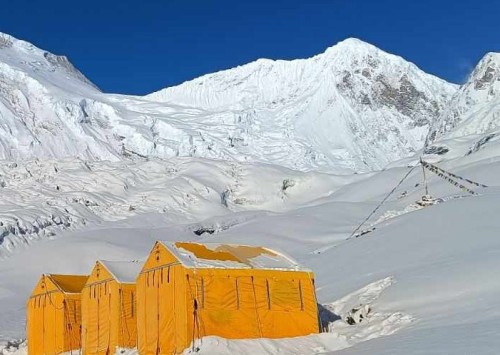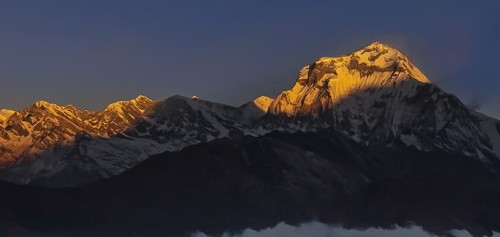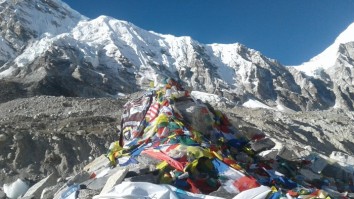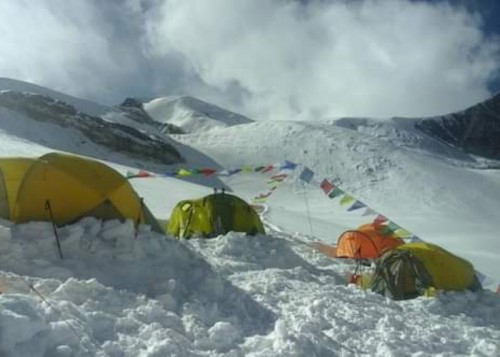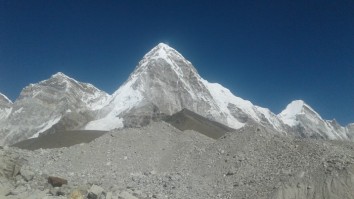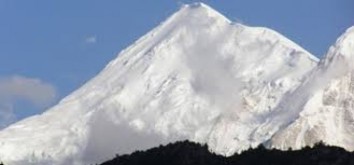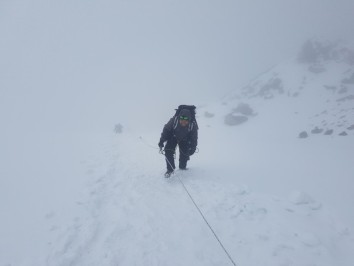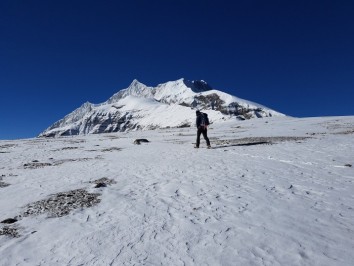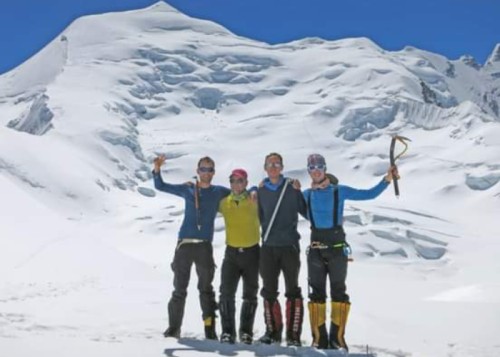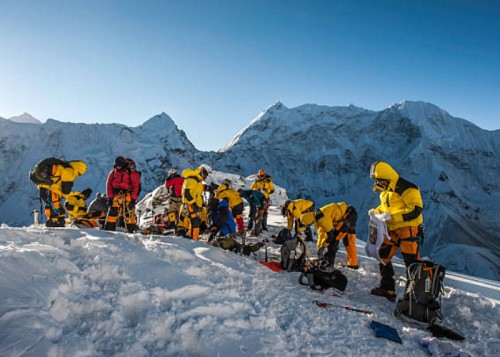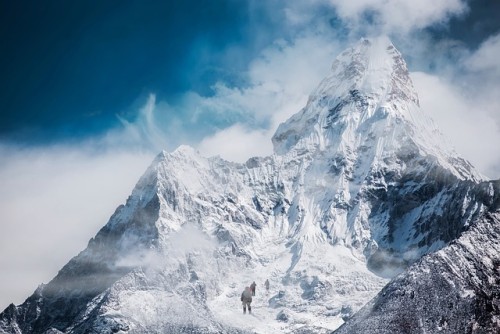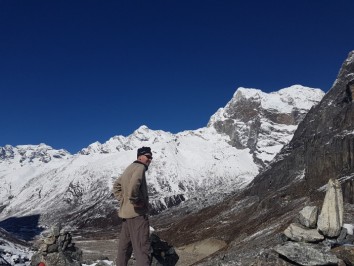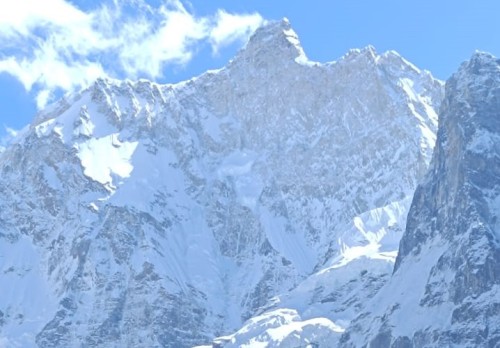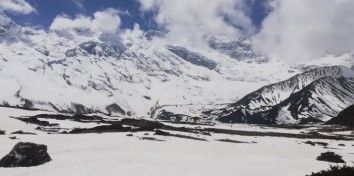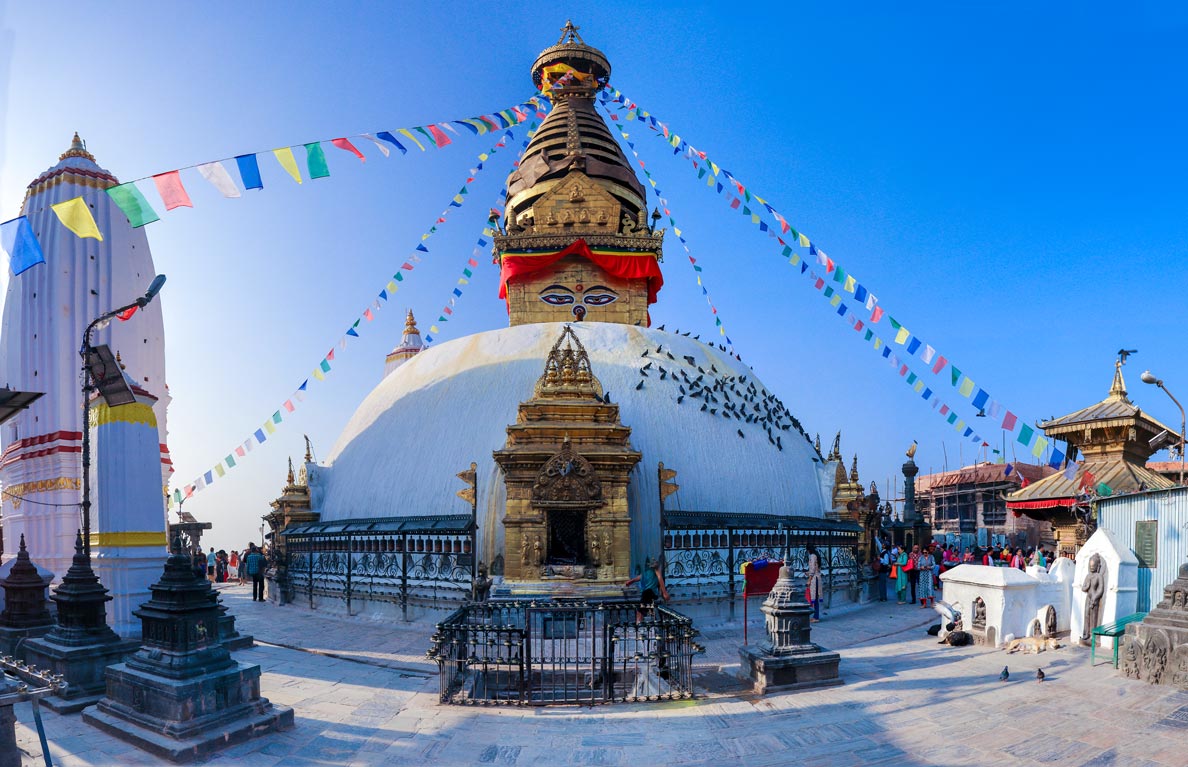Mountain Expedition
For mountaineers seeking the thrill of summiting the world's highest peaks, the Himalayas remain the ultimate destination. With updated permit fees for 2025, climbers need to stay informed about new regulations and costs before embarking on their next big adventure. This guide provides a comprehensive breakdown of permit fees and essential information for expeditions in Nepal.
Updated Permit Fees for 2025
The Government of Nepal has adjusted climbing permit fees to better manage climber influx and support conservation efforts.
Peaks Above 8,000 Meters
-
Mount Everest (8,849m): The permit fee for the spring season has increased from $11,000 to $15,000 per person, effective September 2025. Fees for autumn are set at $7,500, and winter permits cost $3,750.
-
Other 8,000m Peaks: Climbers aiming for Kanchenjunga, Lhotse, Makalu, Cho Oyu, Dhaulagiri, Manaslu, Annapurna I, and Shishapangma must pay $1,800 for spring, $900 for autumn, and $450 for winter and summer per person.
Peaks Between 7,000m and 7,999m
Peaks Between 6,000m and 6,999m
Notable Expeditions
Makalu Expedition
Rising to 8,463m, Mount Makalu is the world's fifth-highest peak. Its steep ridges and technical sections make it a formidable challenge, requiring climbers to be experienced and well-prepared for harsh conditions.
Annapurna Expedition
Annapurna I (8,091m) is infamous for its unpredictable weather and challenging terrain. The south face is particularly difficult, making this expedition suitable only for highly skilled climbers with prior high-altitude experience.
Putha Hiunchuli Expedition
At 7,246m, Putha Hiunchuli is part of the Dhaulagiri range and offers a less technical climb compared to other 7,000m peaks. It is an excellent choice for those transitioning to higher altitudes while enjoying a culturally immersive journey.
Key Considerations for Climbers
Understanding Mountaineering vs. Expeditions
Mountaineering involves scaling mountains using specialized techniques, equipment, and endurance. Expeditions are structured journeys, often involving teams with a specific goal such as summiting a peak. While all mountain expeditions include mountaineering, not all mountaineering activities qualify as expeditions.
Trekking vs. Expeditions
Trekking typically involves long-distance hiking on established trails at lower altitudes (usually below 5,000m) and does not require technical climbing skills. Expeditions, however, involve ascending over 6,000m, require technical expertise, and necessitate acclimatization and specialized gear.
Equipment and Preparation
Success in high-altitude expeditions depends on the right equipment. Essential gear includes:
-
Mountain expedition clothing – Layered systems for insulation and protection.
-
Mountain expedition jackets – High-quality, insulated outerwear to withstand extreme conditions.
-
Durable boots – Essential for navigating icy and rocky terrain.
Environmental Responsibility
Mountaineers should follow sustainable practices, such as adhering to "leave no trace" principles and minimizing waste, to help preserve the pristine beauty of the Himalayas.
A Himalayan expedition is a life-changing experience that demands thorough preparation, physical readiness, and respect for nature. Understanding the latest permit regulations ensures a smoother, more fulfilling adventure in the mountains.
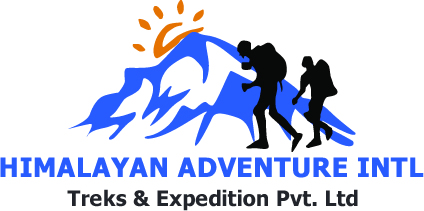
 Plan Your Trip Now
Plan Your Trip Now 
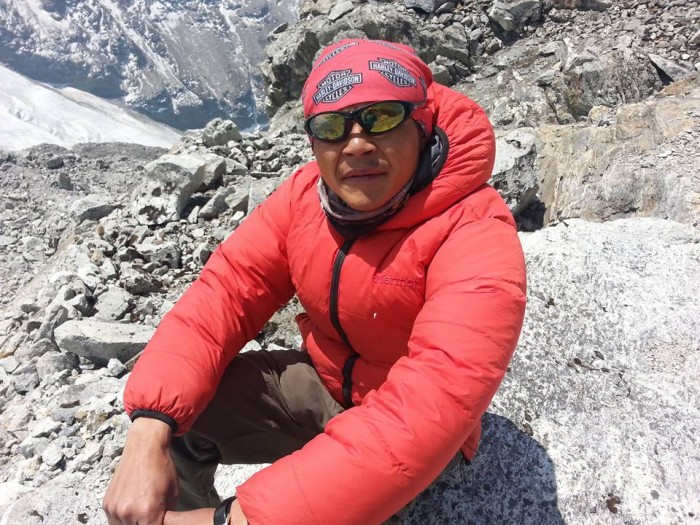

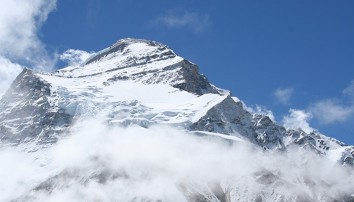
 Nepal
Nepal 

